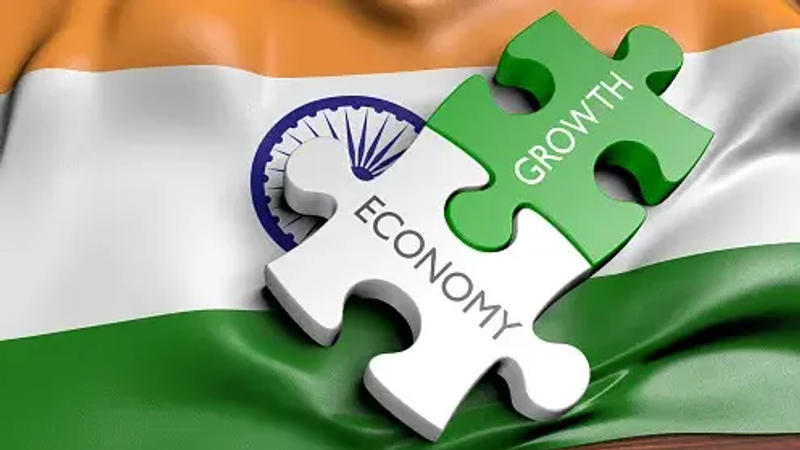Published 21:48 IST, January 16th 2025
Budget 2025: Fiscal Deficit Likely To Improve... - UBS Bullish On India's Macros
A central focus for the upcoming budget is expected to be on capital expenditure (capex), which UBS forecasts will grow at a pace slightly higher than nominal G

As India prepares for its Union Budget 2025-26, expected to be presented on February 1, the government's fiscal approach is poised to balance growth-supportive measures with fiscal consolidation. Despite challenges such as softer domestic growth and global uncertainties, the budget is expected to maintain a commitment to fiscal discipline while addressing key sectors like capital spending, consumption, and employment.
Fiscal Deficit Outlook and Nominal GDP Growth
According to UBS, the central government’s fiscal deficit is expected to improve slightly in FY25, forecasted to be 4.8% of GDP, marginally better than the 4.9% target. This is largely attributed to slower-than-expected capital expenditure (capex), which is estimated at 3% of GDP, compared to the 3.4% projected in FY25’s Budget Estimates. Notably, nominal GDP growth for FY25 has been revised down to 9.7% YoY, from an earlier estimate of 10.5% YoY.
Looking ahead, fiscal consolidation is expected to slow in FY26 with a target fiscal deficit of 4.4% of GDP. The government is likely to base its growth assumptions on a higher nominal GDP growth forecast of 10.5% YoY, up from UBS's estimate of 9.8% YoY. This could signal a shift towards a more flexible fiscal strategy beyond FY27, aimed at reducing the central government’s debt-to-GDP ratio.
Capex, Welfare, and Employment
A central focus for the upcoming budget is expected to be on capital expenditure (capex), which UBS forecasts will grow at a pace slightly higher than nominal GDP growth, at 12-14% YoY. Key sectors such as roads & highways, railways, and defense are anticipated to see continued investment, supported by higher interest-free capex loans to states. However, UBS notes that the quality of capex spending is expected to improve, with its share in overall government expenditure rising to 22% in FY26, from 18% in FY25.
In addition to infrastructure spending, the government is likely to introduce measures to support consumption, particularly by adjusting income tax brackets for middle-class households to increase disposable income. This could fuel discretionary spending, helping to drive private sector growth. Welfare schemes are expected to stabilize, while further allocations are anticipated to boost job creation and expand the Production-Linked Incentive (PLI) scheme to additional sectors.
Revenue Collection and Tax Expectations
Gross tax revenue growth for FY26 is expected to marginally improve, reaching 11.5-12.0% YoY, in line with the anticipated nominal GDP growth of 10.5%. This would imply a tax buoyancy of 1.1, a level consistent with pre-pandemic years but lower than the 1.4 buoyancy witnessed in FY22-24. Non-tax revenue is likely to decrease to 1.5% of GDP in FY26, compared to 1.7% in FY25, as dividend transfers from the RBI normalize.
On divestments, UBS expects the government to revise its target to Rs 300 billion for FY26, following a shortfall in FY25 where receipts were Rs 90 billion less than expected.
Market Reaction and Infrastructure Sector
UBS India strategist, Anubhav Agarwal, suggests that the market impact of the budget will likely be muted. While the focus on capex and consumption could be beneficial, the fiscal deficit target of 4.5% of GDP in FY26 could limit the extent of these measures. Agarwal notes that if capex in FY26 is budgeted at around Rs 11 trillion (similar to FY25), it could negatively affect infrastructure companies like L&T, as domestic orders remain a priority due to limited overseas opportunities, especially in the Middle East.
Updated 15:35 IST, January 17th 2025